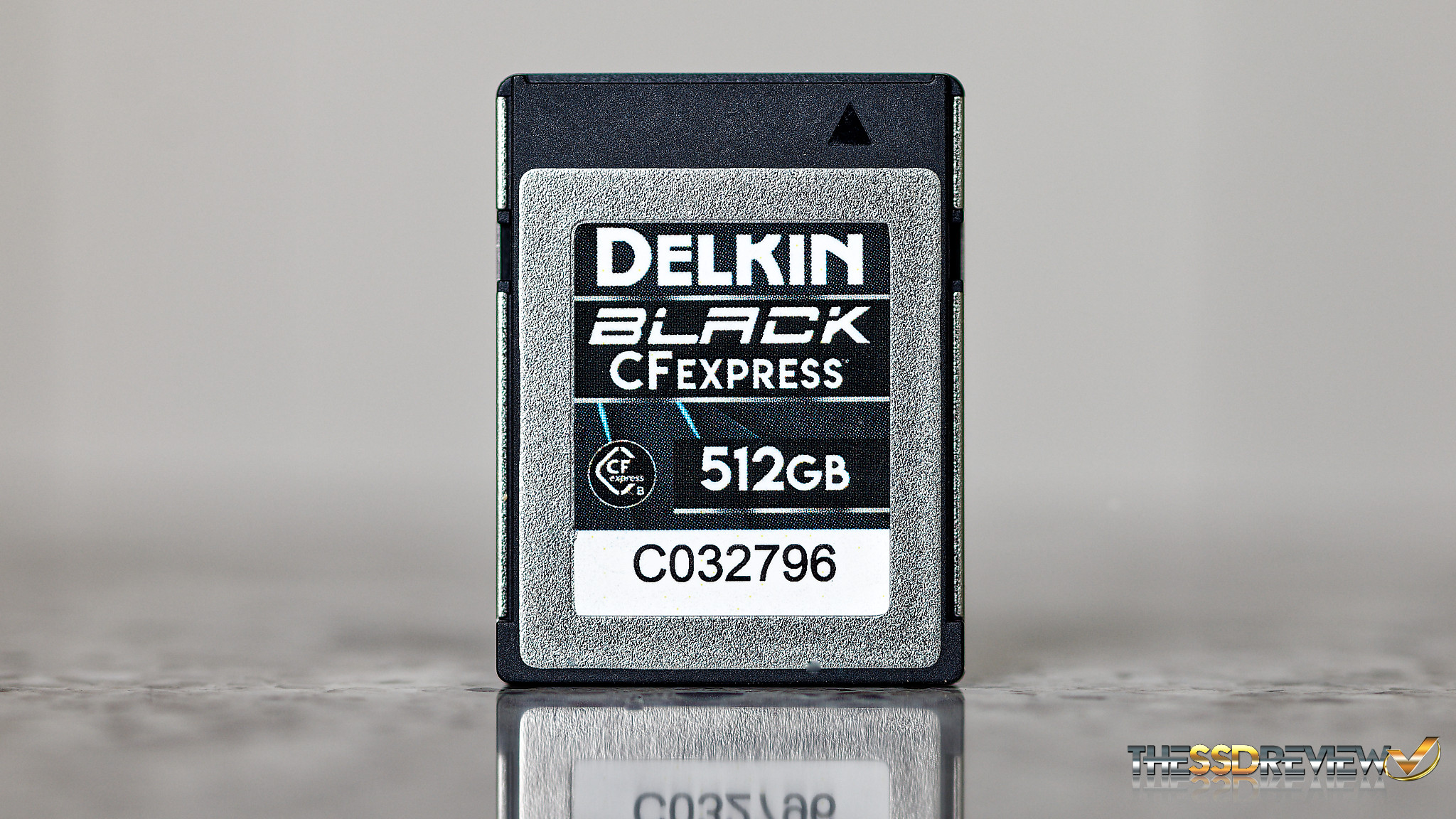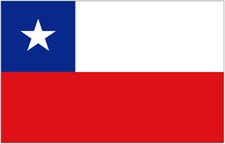ilya
New member
Hi All,
I have been using my D850 for landscape photography and never really paid attention to my memory card type/speed, I was only concerned with the size of the memory card.
Last year I started to shoot mostly wildlife/birds and I started to notice the buffer limits when shooting action/BIF.
I've read several threads/discussion on this forum and watched some youtube videos about CF Express cards but I am still not clear what would work best for me with the D850 specifically.
I am currently using the Sandisk Extreme Pro SDXC cards. I have several "95MB/s UHS-I V30 Class 10 128GB" and one "170MB/s UHS-I V30 Class 10 256GB".
I ran some simple tests and my results are as following:
- I get about 20-21 frames on both cards before the buffer gets full which is about 3sec of shooting at 7fps.
- The 128GB card takes roughly 15-16sec to clear the buffer completely.
- The 256GB card takes roughly 12-13sec to clear the buffer completely (in the first 2 tries it took 19-20sec for some reason but then it dropped consistently to 12-13sec).
I checked the prices for UHS-II, XQD and CF Express-B memory cards and all of them seem to cost similarly so the decision to upgrade boils down to performance vs cost.
I found some test on youtube with Sony 128GB CF Express-B where the camera went up to ~30 frames@7fps before the buffer got full (seems like a decent increase over my current cards) but I couldn't find any test that shows how long it takes for the buffer to clear. Has anyone tried to test this on D850 with CF Express card?
I am hoping that it drops well below the 10sec mark .
.
Thanks a lot.
I have been using my D850 for landscape photography and never really paid attention to my memory card type/speed, I was only concerned with the size of the memory card.
Last year I started to shoot mostly wildlife/birds and I started to notice the buffer limits when shooting action/BIF.
I've read several threads/discussion on this forum and watched some youtube videos about CF Express cards but I am still not clear what would work best for me with the D850 specifically.
I am currently using the Sandisk Extreme Pro SDXC cards. I have several "95MB/s UHS-I V30 Class 10 128GB" and one "170MB/s UHS-I V30 Class 10 256GB".
I ran some simple tests and my results are as following:
- I get about 20-21 frames on both cards before the buffer gets full which is about 3sec of shooting at 7fps.
- The 128GB card takes roughly 15-16sec to clear the buffer completely.
- The 256GB card takes roughly 12-13sec to clear the buffer completely (in the first 2 tries it took 19-20sec for some reason but then it dropped consistently to 12-13sec).
I checked the prices for UHS-II, XQD and CF Express-B memory cards and all of them seem to cost similarly so the decision to upgrade boils down to performance vs cost.
I found some test on youtube with Sony 128GB CF Express-B where the camera went up to ~30 frames@7fps before the buffer got full (seems like a decent increase over my current cards) but I couldn't find any test that shows how long it takes for the buffer to clear. Has anyone tried to test this on D850 with CF Express card?
I am hoping that it drops well below the 10sec mark
Thanks a lot.




